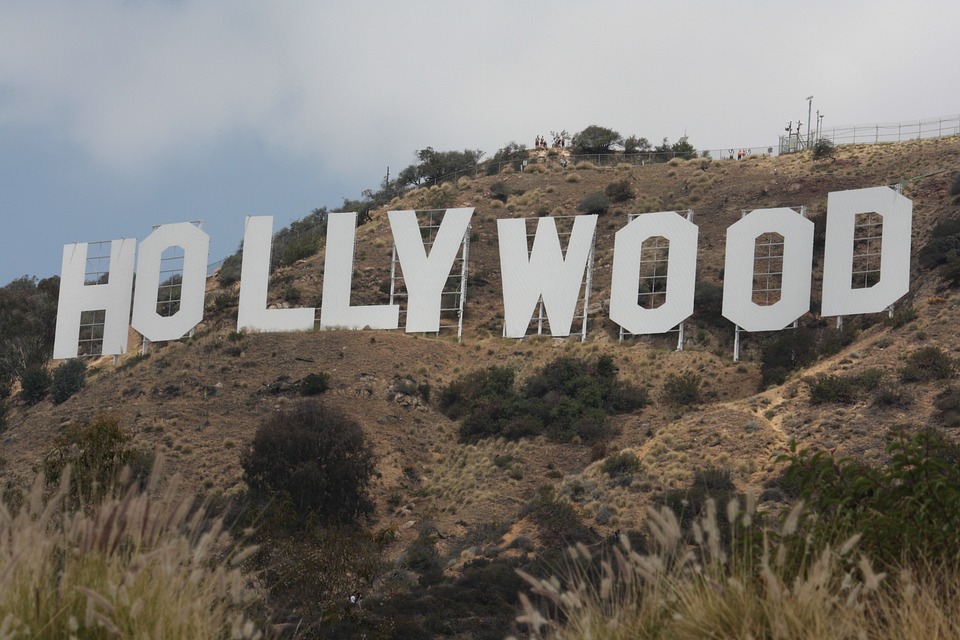Hollywood’s Diversity Issue: Breaking Down Barriers in the Film Industry
Introduction
Hollywood has long been criticized for its lack of diversity both in front of and behind the camera. The film industry has faced scrutiny for marginalizing minority groups and perpetuating stereotypes through its lack of representation. In recent years, there has been a push for greater diversity in Hollywood, with calls for more inclusive casting, directing, producing, and writing. This article will explore the diversity issue in Hollywood and the efforts being made to break down barriers in the film industry.
Representation in Hollywood
Representation in Hollywood has been a hot topic in recent years, with many calling out the lack of diversity in film and television. Studies have shown that minority groups are underrepresented both on screen and in key behind-the-scenes roles. People of color, women, and members of the LGBTQ+ community are often relegated to stereotypical roles, and their stories are not given the same platform as those of their white, male counterparts.
The lack of representation in Hollywood has real-world consequences, as media shapes our perceptions of reality and influences our beliefs and attitudes. When certain groups are consistently portrayed in a negative or stereotypical light, it can perpetuate harmful stereotypes and limit opportunities for members of those communities.
Efforts are being made to increase representation in Hollywood, with initiatives like the #OscarsSoWhite movement pushing for more diverse nominees and winners at major awards shows. Directors like Ava DuVernay and Jordan Peele have been leading the charge for greater diversity in the industry, using their platforms to tell stories that reflect the experiences of marginalized communities.
Barriers to Diversity in Hollywood
There are several barriers to diversity in Hollywood that have contributed to the lack of representation in the film industry. One major barrier is the old boys’ network that dominates the industry, with many key decision-makers being white men who tend to hire and promote people who look like them. This has created a cycle of exclusion for minority groups who do not have access to the same networks and opportunities.
Another barrier is the prevalence of stereotypes and bias in Hollywood, which often pigeonholes minority actors and filmmakers into specific roles or genres. For example, people of color are often cast as gang members or criminals, while women are often relegated to supporting roles or love interests. These stereotypes can limit the range of roles available to minority actors and perpetuate harmful beliefs about certain groups.
Additionally, there is a lack of representation in key behind-the-scenes roles like directing, producing, and writing, which further limits the diversity of stories being told in Hollywood. When diverse voices are excluded from the creative process, it leads to a homogenized and limited view of the world that does not reflect the experiences of all people.
Breaking Down Barriers
Despite the challenges, there have been efforts to break down barriers to diversity in Hollywood and increase representation in the industry. One key initiative is the inclusion rider, which is a clause in contracts that requires a certain level of diversity in casting and crew hiring. This has been championed by actors like Frances McDormand and Michael B. Jordan, who have used their influence to push for greater diversity on set.
Another important step is mentorship and training programs that provide opportunities for aspiring filmmakers from underrepresented communities. Organizations like the Sundance Institute and the Academy of Motion Picture Arts and Sciences have created programs to support and nurture diverse talent in the industry, offering resources, workshops, and networking opportunities to help filmmakers of all backgrounds succeed.
There is also a growing demand from audiences for more diverse and inclusive content, which has led to increased opportunities for filmmakers and actors from underrepresented communities. Streaming platforms like Netflix and Amazon Prime have been instrumental in promoting diverse voices and stories, providing a platform for films and shows that may not have found a home in traditional Hollywood studios.
Overall, breaking down barriers to diversity in Hollywood requires a concerted effort from all stakeholders in the industry, from top executives to aspiring filmmakers. By prioritizing diversity and inclusion in casting, hiring, and storytelling, Hollywood can create a more equitable and representative film industry that reflects the rich diversity of our society.
